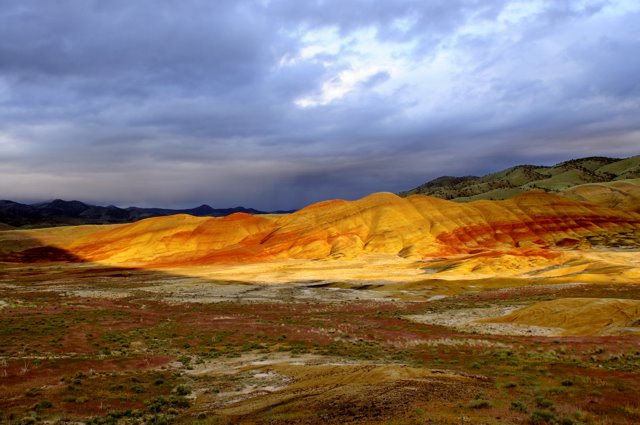A lot of the people I visit with or coach about how to use your camera have no idea what this handy tool does, or for that matter how to use it. Most will turn it on accidentally, then work like the devil to turn it off again. I intend, as briefly as possible, to help you not only understand what it does but help you use it to your advantage.
Most camera's offer this tool but it isn't always turned on or it only displays when in a certain shooting mode. You may need to spend some time with your manual to figure out how to find and turn the meter on for your camera. The professional-grade cameras make this easier because the pros use this tool a lot. My Nikon D300 displays a meter in the viewfinder and on the control panel. It's that important if you want to have total control over your exposures.
The Electronic Analog Exposure Meter consists of a row of little vertical bars or possibly little dots. An example may look something like this: “+3..+2..+1..0..-1..-2..-3.” This would be a meter graduated to 1/3 steps between each full stop. A meter graduated to ½ steps would display a single dot or bar between each full stop.
The “+” sign indicates an increase in exposure while the “-” sign indicates a decrease in exposure. Exposure is simply the amount of light allowed to reach your film or sensor. It is controlled by either the shutter speed, or the size of your lens opening or “aperture,” usually both. If your meter is indicating an exposure in the + area, more light is being allowed in, if it is on the – side then less light is being allowed to pass. Ideally you should adjust you meter to the center for you first exposure. See how it appears to your eye and your histogram. You can then make adjustments by changing either your shutter speed or your aperture to get the exposure you want.
With your camera in hand and set to manual control or shooting mode, go out and take a few pictures while adjusting the shutter speed and aperture to see how it affects your meter readings and what the images will look like. I will take this topic further in a later post, so be sure to check back for more information about your exposure meter as you continue to learn how to use your camera.
Please send comments if this article was helpful to you or if you would like information about other topics.
If you are looking for books about how to use your camera click this Book Store link to see what is available.
Need a Camera? This Camera Store has the the best choices available on the internet.
You can also visit my own photography website at Dwains Picks to see some of my work.
Thanks for visiting and I hope you will check this site often.

No comments:
Post a Comment